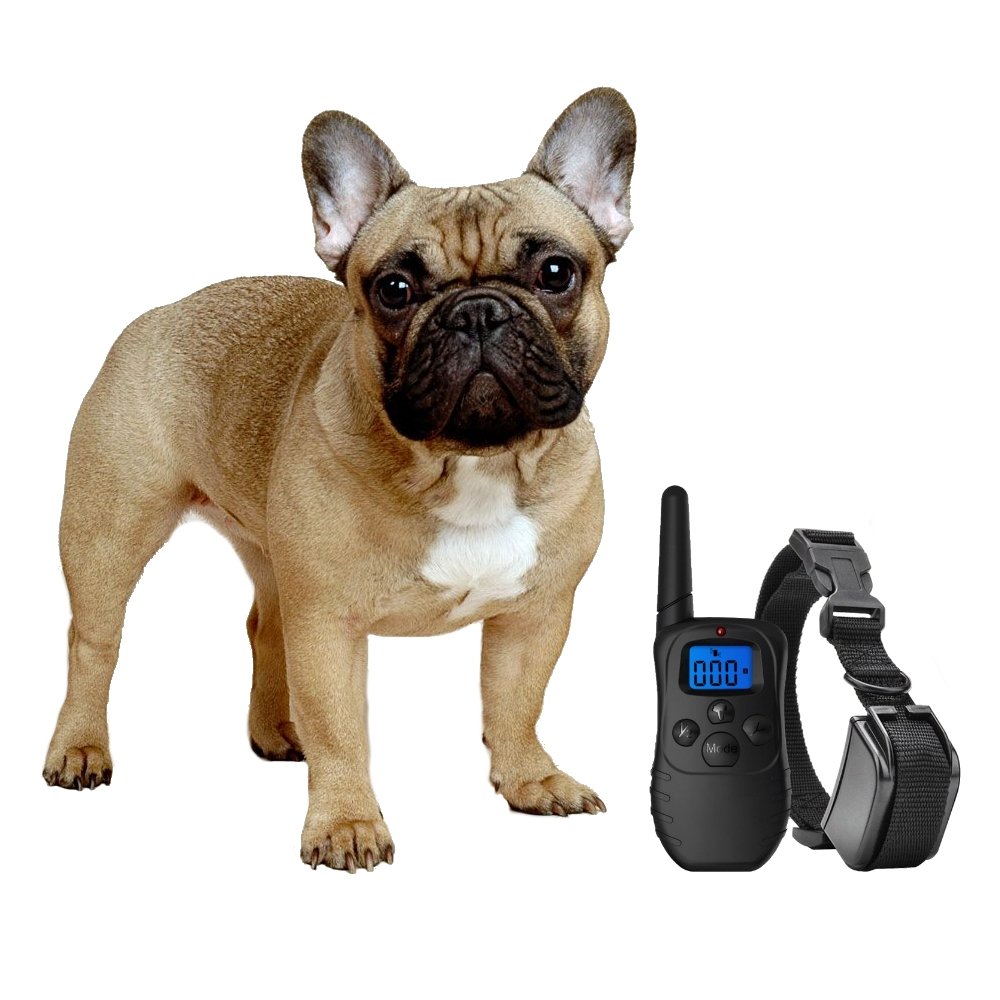Training your new dog can be a complicated process, even if you want to teach them the basics. Besides being able to listen to basic commands like sitting or staying, everyone wants their dog to keep on your property and not run away or to learn not to bark when around strangers. Some dogs learn these things with nothing but time and patience, but others need a little guidance.
If a dog is difficult to train, some people turn to a shock collar as a training tool. However, before making this decision, you need to consider: Is it safe? Can you use a shock collar on a puppy? What are some other options?
Luckily, there are many things you can try out before resorting to a shock collar, which should only be a last resort if nothing else seems to work.
If your dog tends to bark frequently, especially in the company of strangers or crowds, it’s most likely a sign of anxiety. They might be uncomfortable or unsure that they should trust these new people in their home. Making them feel calm is one way to keep them from barking.
You can use things like plugins or scented candles, specially designed to calm your dog. There are even some scents that clip onto their collar, so they can have something to calm them no matter where they are.
2) Citronella Collars

Along those same lines, citronella collars use scents to affect your dog’s behavior.
Dogs hate the smell of citronella and often stay away from it. If your dog is barking too much or disobeying, a citronella collar will puff out some citronella oil.
The same logic applies to shock collars, but the citronella oil won’t harm your dog. The smell will annoy them, and if they experience that smell after misbehaving, they will be less likely to do so.
3) Whistles

Whistles made specifically for your dog’s hearing frequencies can also keep them from misbehaving.
Whistles work because they serve as a distraction. Blowing a whistle if your dog is barking or about to run off of your property will often stop that behavior immediately. Once they stop, you can proceed with whatever instruction or command you use to instruct your dog.
4) Clicker Training
Using a clicker in conjunction with verbal cues is an excellent way to increase the efficiency of your training.
By using this tactic along with verbal commands, your dog will get used to the sound so that you only need to use the clicker going forward.
When using this method, it’s also helpful to reward your dog with a treat if they obey your command. Positive reinforcement has proven to be much more useful than methods like shock collars.
5) Professional Training
Last but not least, you could also sign up your dog for some professional training. Check with your local pet store; these establishments often have affordable programs that you can utilize.
If you find yourself not having the time, patience, or expertise to train your dog, a  professional who has extensive experience in that area is probably your best option.
professional who has extensive experience in that area is probably your best option.
Final Thoughts on Shock Collar on a puppy
Before resorting to harsh methods like shock collars, make sure you are familiar with your other options. These gentler options are often the most effective since positive reinforcement and training methods work better than punishment-based ways.
It’s also possible that if you do choose to use a shock collar, incorrect or inconsistent training will only exacerbate the problem. It’s best to consult with a professional and try the methods above first, and only resort to shock collars if there is no other option.
====================================================
Pointers to Consider When Looking for Reliable Service Dog Trainers


































